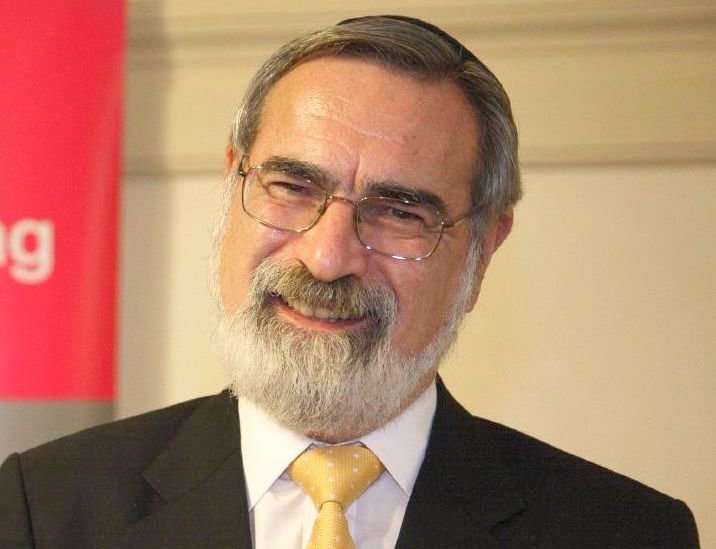The Power of every life created in G-d's image
This column originally appeared in 2002.
If we seek to understand what has made Judaism so remarkable a faith for so long, look at the biblical and prophetic readings for Rosh Hashana.
The New Year is the birthday of creation, a reminder of how the universe came into being. The natural choices for our Torah readings would therefore be the opening chapters of the book of Genesis. The obvious haftarot would be the passages from Isaiah which speak of G-d as architect and sovereign of the universe.
In fact we do neither of these things. Instead we think about the birth of children: on the first day, Ishmael; on the second, Isaac. In the first day’s haftarah, Hannah’s prayer for a child; in the second, Jeremiah’s vision of Rachel “weeping for her children.” Why these choices and this theme?
First, to teach us one of Judaism’s greatest lessons — that a single life is like a universe. The birth of a child is no less miraculous than the creation of the world. We say this lightly, because we forget how revolutionary a doctrine it once was. Since the dawn of civilization, cultures have been willing to take life lightly — not only by way of abortion and euthanasia, but also in the course of violence, terror and war. To be a Jew is to know that no life can be taken lightly. Human life is the only thing on which G-d has set His image, His likeness, His seal.
Second, to teach us to look to the future even more than to the past. We sometimes forget that though Judaism was the first faith in history to make remembering a religious duty, it is a forward-looking faith. Unique among cultures, its golden age — messianic time — is not in the past but in the future. A religion that cherishes children is one that thinks of tomorrow even more than yesterday. It is a faith that gives a central place to hope.
• • •
The past year has been a difficult time for Jews throughout the world. The people of Israel have come under unprecedented attack, through a campaign of terror on their streets and a campaign of vilification in the media.
A wave of antisemitism has swept across the world bringing in its wake burned schools, desecrated synagogues, and Jews fearful of wearing signs of their identity in case they are attacked. Sixty years after the Holocaust, these things are a reminder of how much humanity still has to learn.
What, if anything, could bring peace to the Middle East? It would be irresponsible to suggest that a conflict that has lasted so long and resisted so many initiatives could be solved suddenly and simply. Yet it is not wrong to suggest that two fundamental values are at stake.
First is the sanctity of life. This means, if it means anything, that terror, the murder of innocent civilians and suicide bombings are evil. There is no other word.
Second, conflicts are fuelled by memories of the past — a sense of historic grievance, anger, rage, resentment, humiliation, a desire to bring back a time that is no more and perhaps, in truth, never was. Conflicts are resolved only when the parties agree to lay aside the past in favor of our yet more sacred duty to the future — to children and their prospects and to generations not yet born.
Much energy has been spent arguing who is at fault, who is the aggressor, who is to blame.
Far too little, if any, has been spent on the quite different question of what duties human beings owe to their children. Among these are the following: not to use them as pawns in war, as human shields for sniper fire, as future suicide bombers; and not to teach them to hate those with whom they must one day learn to live.
Peace will come to the Middle East, and to the world, when we learn to value the sanctity of life and the importance of children, when we refuse to enlist them in our disputes, and instead choose to settle our disputes so that they may inherit a world without terror and fear.
These are not small matters. On them, the fate of the twenty-first century may well depend.
Therefore this year we pray:
“O G-d of life, teach us to sanctify life, so that our children may celebrate life and write their chapter in the Book of Life.”







